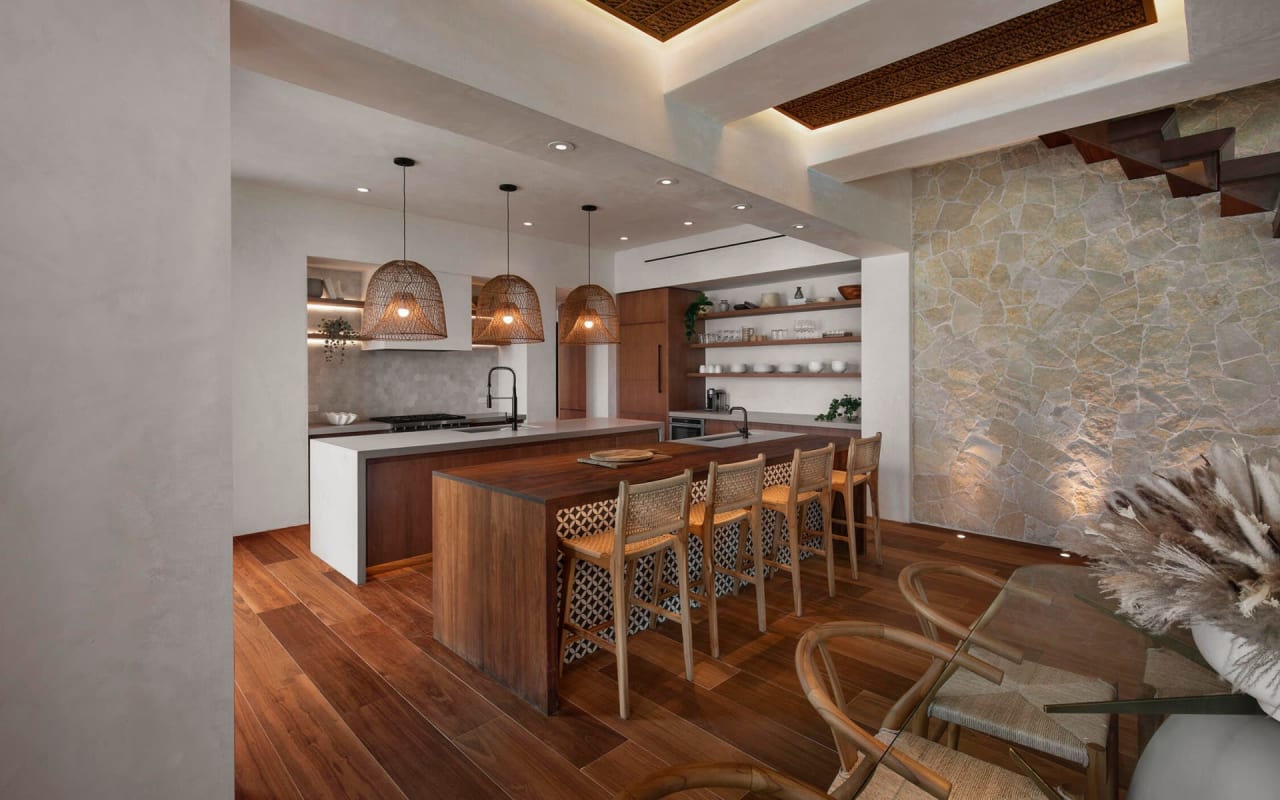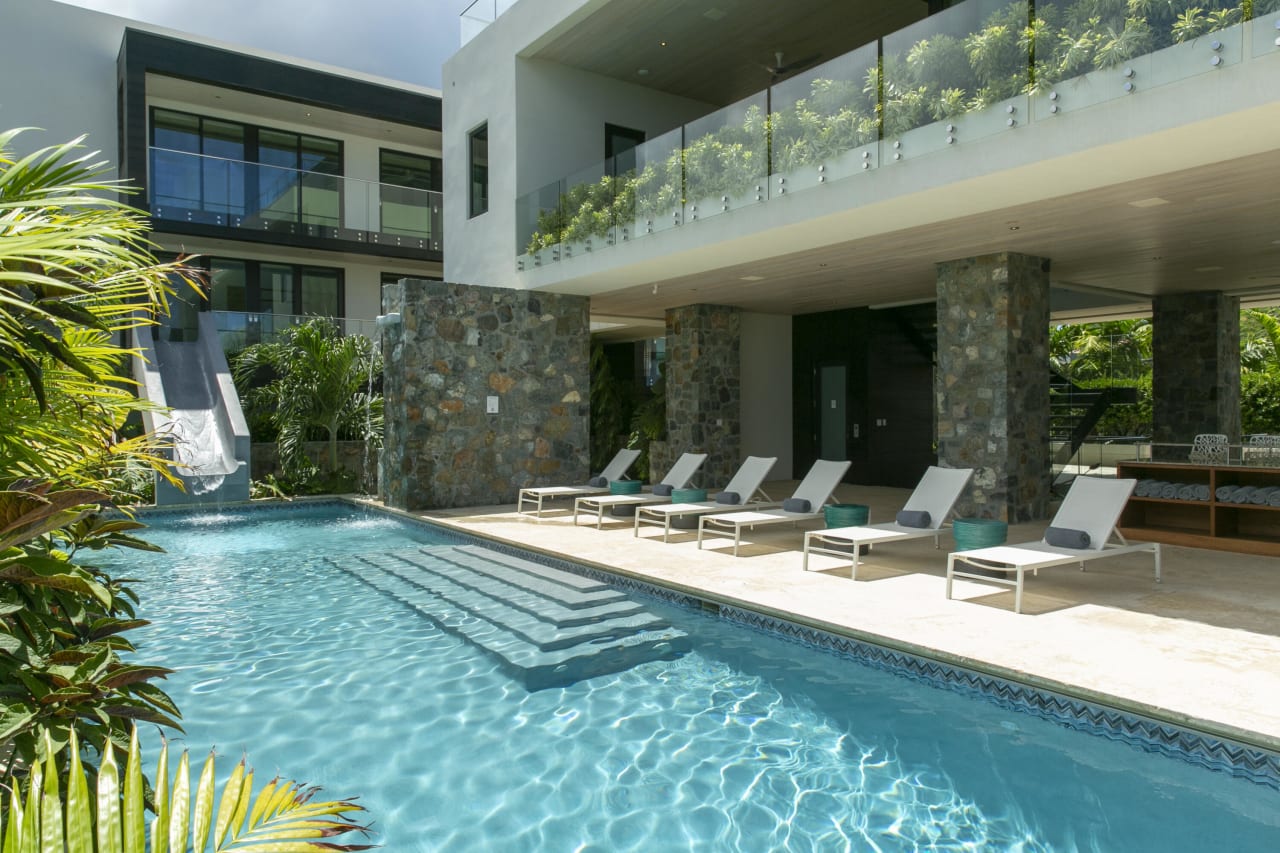You can find news daily on St. John and the surrounding area. The St. John Trade winds, St. John Sun Times, The Virgin Islands Daily News (on St. Thomas), and the St. Croix Avis are the local papers.USA Today, The Wall Street Journal & several U.S. metropolitan and Puerto Rico newspapers are flown in daily.

St. John is one of four islands that make up the US Virgin Islands. The other three islands are St Thomas, St Croix and just off the southern shores of St Thomas lies Water Island. St. John has the reputation of being the most beautiful, friendly and tranquil island in all of the Caribbean. St. John is less than 20 square miles in area, approximately 8 miles by 3 miles and it has 32 sandy beaches and 22 preserved National Park Hiking Trails. Approximately 2/3 of the island is part of the St. John Virgin Islands National Park.
St. John’s coordinates are 18.2N 64.5 W. The island is 1075 miles east southeast of Miami, 50 miles east of Puerto Rico, and 3 miles east of St. Thomas. To the north is the Atlantic Ocean and to the south is Caribbean Sea. The highest elevation is 1,277 feet at Bordeaux Mountain. St. John’s population hovers around 5,000 residents
